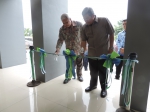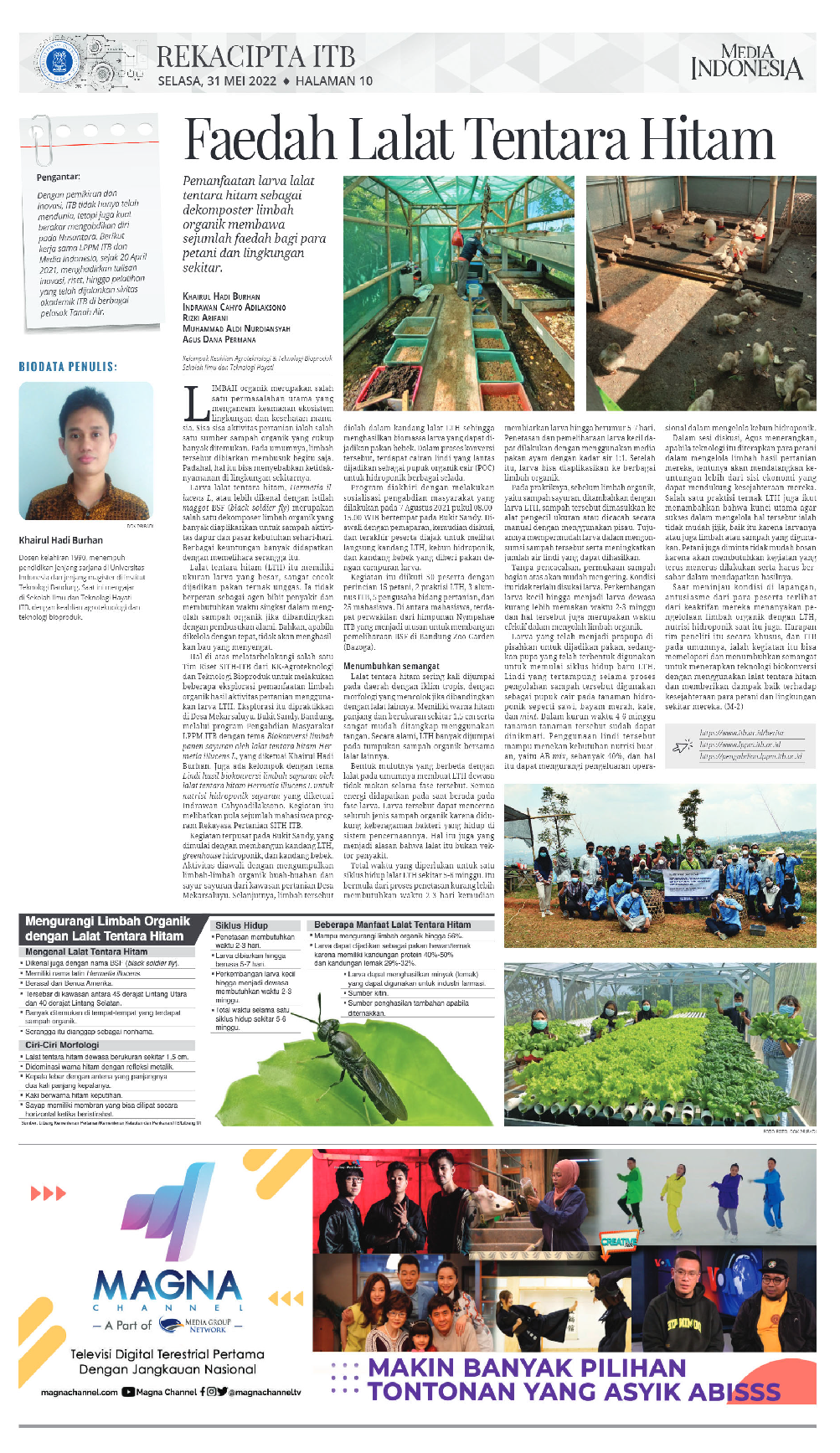Prof. Bagus Budiwantoro’s Speech About Crashworthiness Technology as a Solution to Reduce Accidents and Improve Mass Transportation Security
By Adi Permana
Editor Adi Permana

BANDUNG, itb.ac.id – Prof. Dr. Ir. Bagus Budiwantoro delivered his speech at the ITB Professor’s Scientific Oration on Saturday (20/8/2022) at the West Hall. With the topic “Passive Safety Systems in Passenger Trains”, the professor from the ITB FMAE (Faculty of Mechanical and Aerospace Engineering) explained that passive safety technology ensures passengers’ safety on the train.
Safety itself can be categorized into two parts, namely active and passive safety. Passive safety guarantees passengers remain safe in an accident; however, this accident may result in primary and secondary consequences, in which the space itself was not damaged yet the passengers still got injured due to the impact.
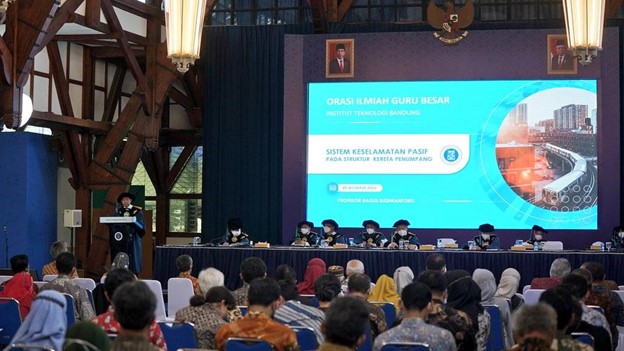
Based on these consequences, crashworthiness technology is applied to structures to protect passengers during a collision. "We designed a train in such a way that the passenger area will remain intact during an accident,” he added.
To reduce the damage, a structure embedded in parts of the train must be affected first. This structure or area is known as the crash zone area. The forces caused by the impact will be absorbed in these areas, reducing its blow on the passenger area. Examples of such areas are toilets.
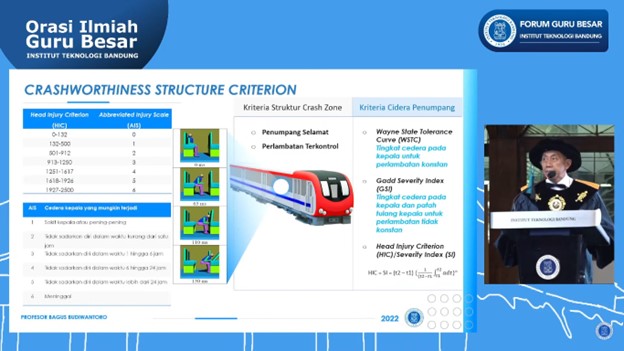
It is necessary to pay attention to two criteria in determining the crashworthiness structure: the crash zone structure (passengers surviving and controlled deceleration) and passenger injury. There are several standards for passenger injury, one of which are the HIC (Head Injury Criterion) and SI (Severity Index) which are based on deceleration parameters.
Through SI calculations, the AIS (Abbreviated Injury Scale) and the extent of injuries can be determined. The higher the SI range, the higher the AIS. "These are all quantified and standardized,” Prof. Bagus added. “Thus, we can safely calculate the distance between each passenger seat.". This technology has been implemented in public transportation such as the Jabodetabek LRT and Metrokapsul.
As the researcher behind Metrokapsul, Prof. Bagus explained that the type and quality of the structure must be studied at the start of the designing process. The resulting design will help in its competitive selection during mass production. The structure used for the Metrokapsul, for example, is crash boxes.
"The design needs to pay attention to its crashworthiness, regulations, and materials so that a simulated model is created. The simulation will take place iteratively to observe the advantages and disadvantages of each model," he elaborated.
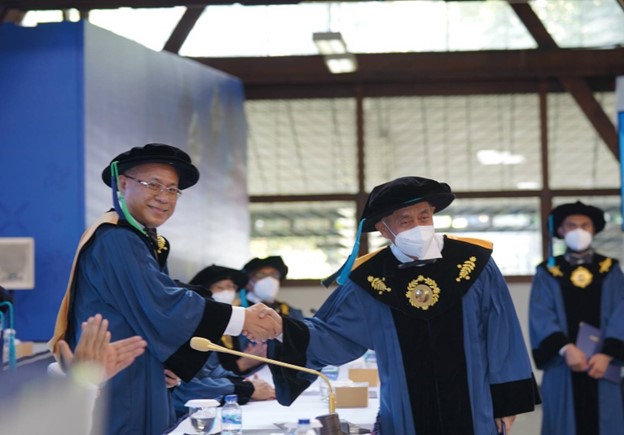
The migration to mass transportation can increase the unemployment rate due to the declining production of private vehicles. Hence, he advised everyone to show their love to the country in three ways: independence of technology, labor, and decisions.
Reporter: Kevin Agriva Ginting (Geodesy and Geomatics Engineering, 2020)
Translator: Ruth Nathania (Environmental Engineering, 2019)

.jpg)
.jpg)
.jpg)
.jpg)
.jpg)

